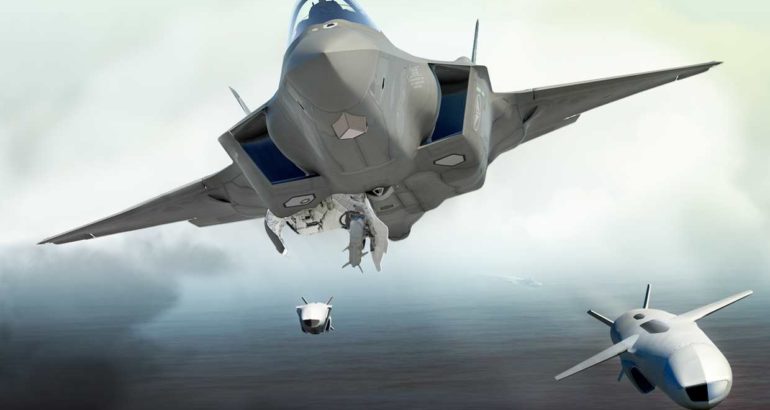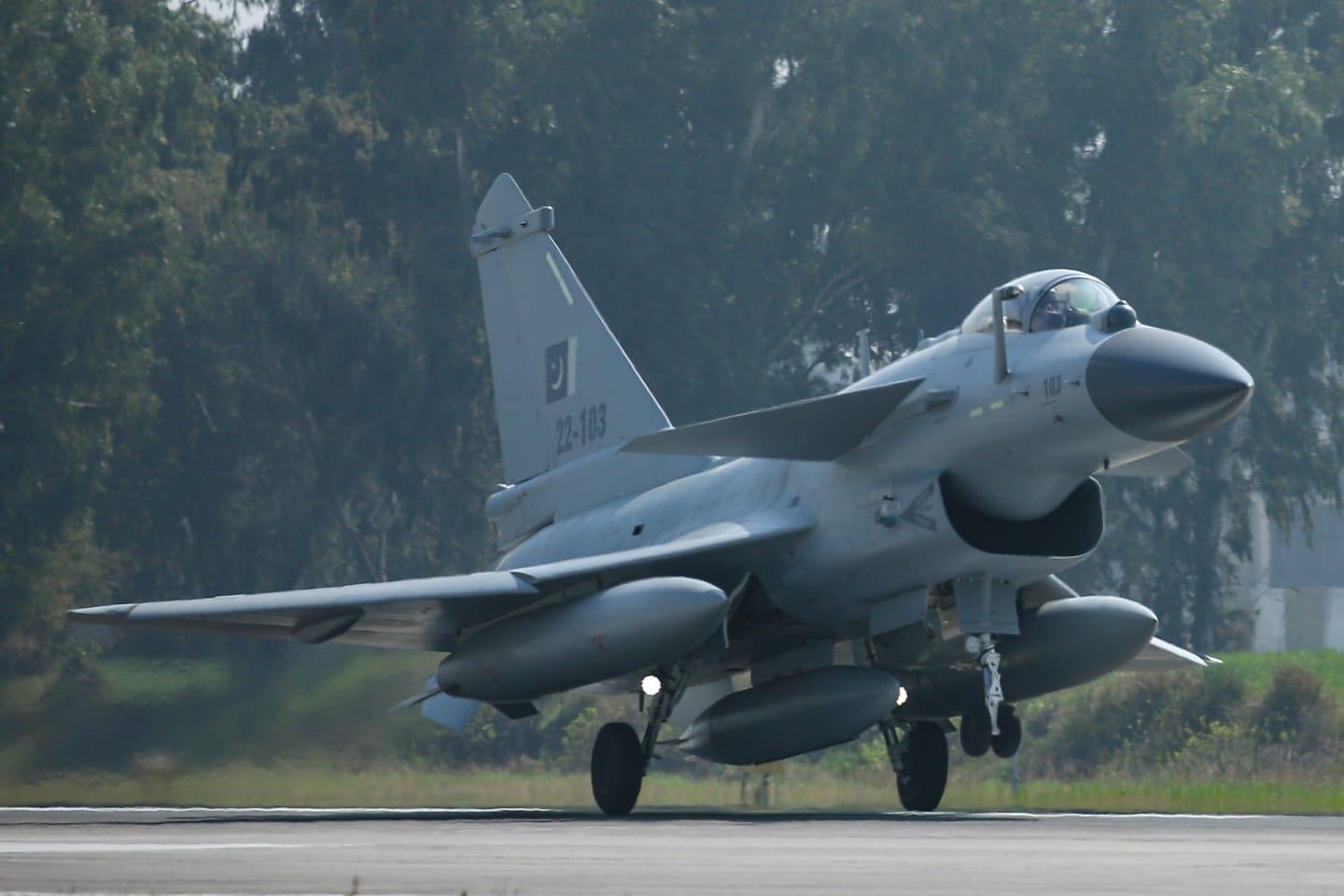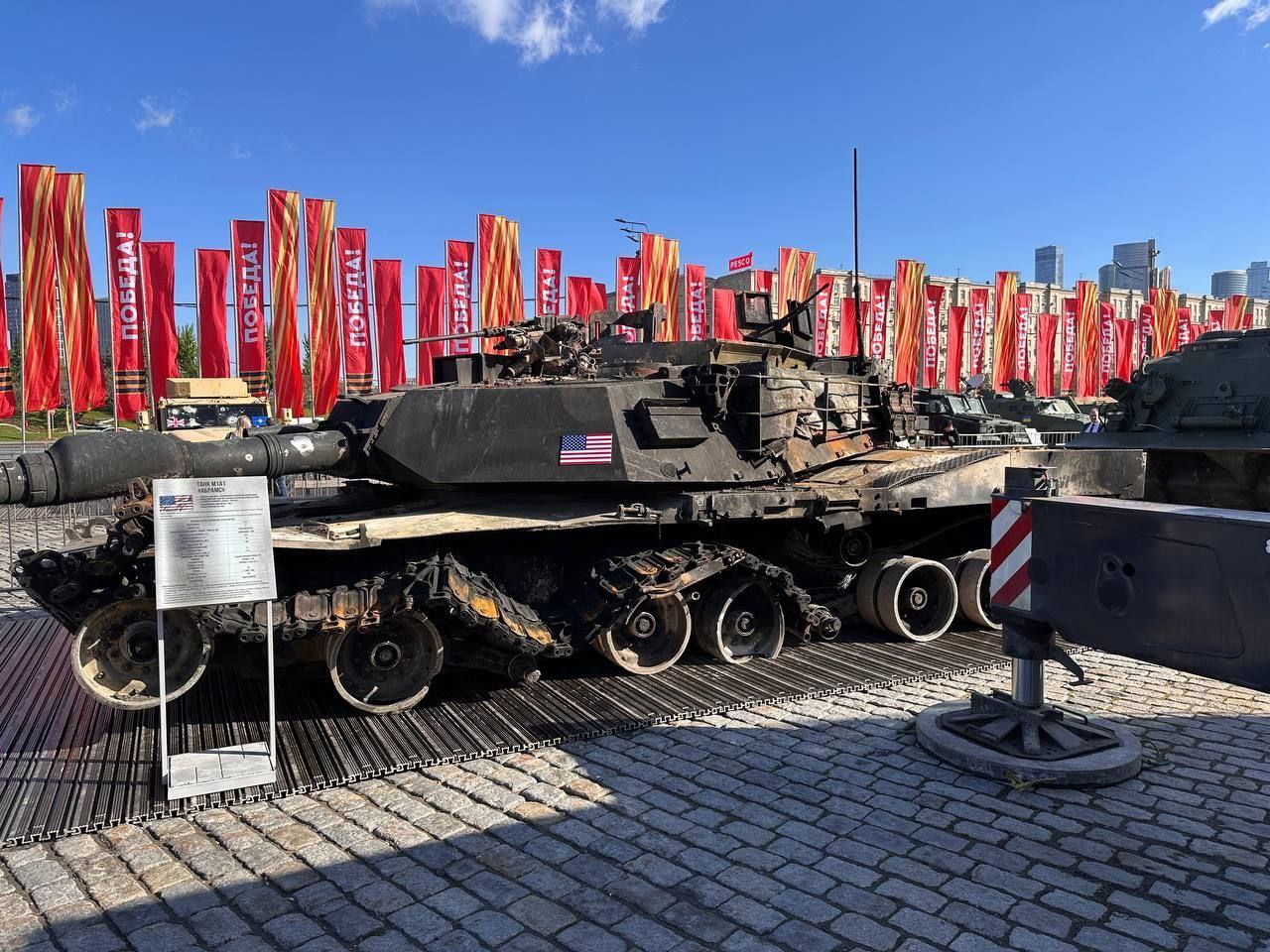NATO is set to introduce a security package for Ukraine at its upcoming annual summit in Washington this summer. However, the alliance is not expected to grant Ukraine's long-standing request for full membership amidst the ongoing Russian invasion.
Scheduled for July, the package will be complemented by bilateral agreements from approximately 32 countries, with 13 already finalized, according to Julianne Smith, the U.S. ambassador to NATO.
Smith explained at a Defense Writers Group roundtable that the package will act as a "bridge" to Ukraine's future membership in NATO. This includes formalizing current bilateral support under NATO command and identifying new resources for Ukraine, reinforcing NATO's commitment and sending a clear message to Moscow.
Ukrainian President Volodymyr Zelenskyy has pushed for expedited NATO membership since Russia's full-scale invasion in 2022. While NATO has not yet agreed, it provided Ukraine with a multiyear assistance package last year to strengthen its defenses and transition from Soviet-era equipment.
Membership for Ukraine would invoke NATO's collective defense clause, potentially escalating the conflict with Russia. U.S. President Joe Biden has stated that the war must end before Ukraine can join the alliance. Nevertheless, NATO Secretary General Jens Stoltenberg assured during an April visit to Kyiv that "Ukraine will become a member of NATO," emphasizing that current efforts are paving the way for this future membership.
Some NATO-aligned defense companies have shown interest in co-producing military capabilities like unmanned systems. In May, the U.S. announced a $2 billion Foreign Military Financing package aimed at enhancing Ukraine's defense-industrial base.
The July summit, marking NATO's 75th anniversary, will also address regional defense and deterrence plans for northern, central, and southern Europe. These plans, agreed upon at last year's summit, will significantly influence how member countries invest and procure military resources, aligning with the regional defense objectives.
Smith highlighted that these plans will guide procurement decisions, ensuring they meet specific regional defense needs. This approach also reassures defense manufacturers of NATO's long-term procurement commitments, encouraging them to increase production.
The summit will emphasize burden-sharing among NATO members, with expectations that over 20 countries will meet the target of spending at least 2% of their GDP on defense. Smith stressed the importance of all member nations having a plan to reach this goal in the near future.
:quality(70)/cloudfront-us-east-1.images.arcpublishing.com/archetype/KBLXIZ3BJZCEZKDWO26CGV473Q.jpg)





